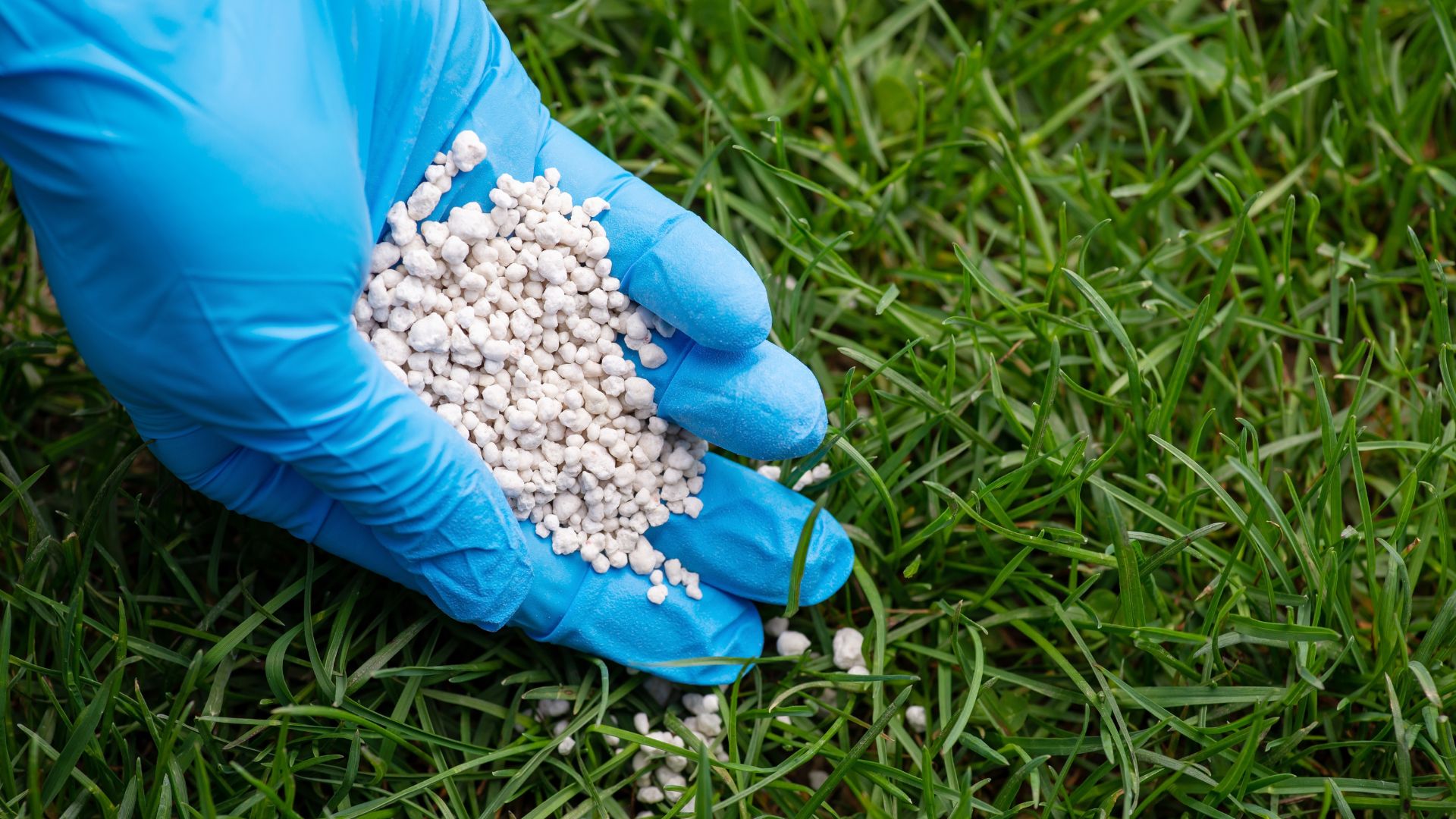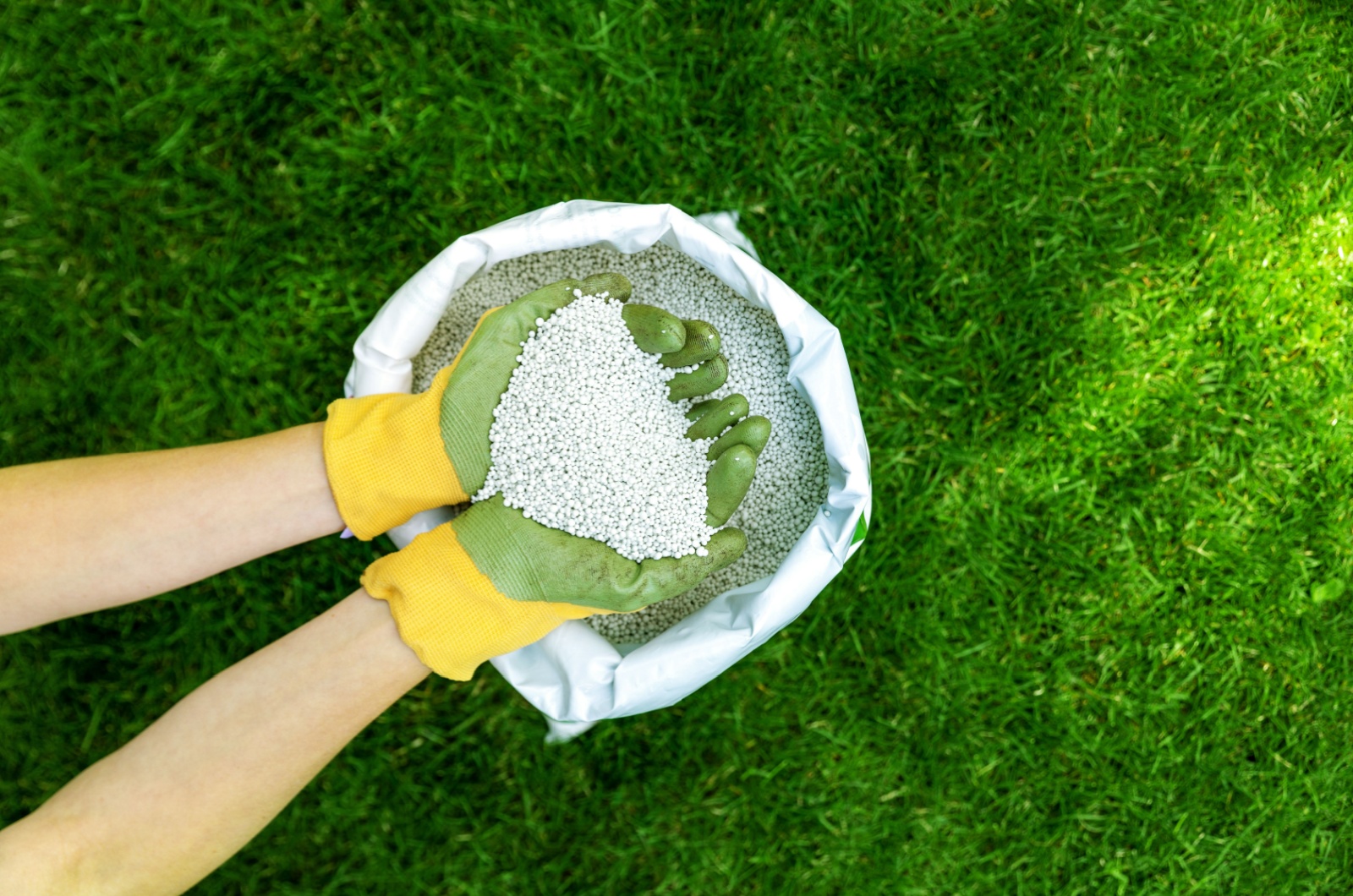I remember the first time I used lawn fertilizer. I ended up checking the grass every morning to see if anything had changed because I was so impatient (you know how it goes).
Of course, it doesn’t quite work that way. I mean, your lawn cannot change overnight (except if you are dealing with some lawn disease, then it changes in the blink of an eye).
If you’re anything like me and can’t wait to see the transformation in your lawn, then you might be wondering: how long does it actually take to see results when using lawn fertilizer?
There are a few factors that come into play, like the type of fertilizer you use, the condition of your soil, and even the weather. Each step is a part of the process, and trust me, the wait is worth it.
It’s All Comes Down To The Content Of Your Fertilizer
The chemical makeup of your fertilizer is the main factor that determines how soon you notice results.
Products that contain iron or nitrogen, for example, tend to promote grass greening up and delivering quicker results.
However, if your goal is to strengthen the lawn and reduce weed growth and pest problems, you might need to be a bit more patient. It’s like trying to build muscle at the gym – you won’t get six-pack abs overnight (trust me, I’ve tried).
Other nutrients, such as phosphorus and potassium, are mostly used to improve roots and overall plant health. They might not give you an instant visual change, but they are equally important for grass health,
Please note that building a resilient, healthy lawn takes a bit more time and the right mix of nutrients.
Want more blooms? Use These 3 Fertilizers To Make Your Flowers Flourish Like Never Before
Slow-release Fertilizers Work A Bit Differently
It’s literally in the name: SLOW-release fertilizer.
This is a special type of fertilizer that works gradually, so don’t expect results after a couple of days. These provide a steady supply of nutrients, thus reducing the risk of burning your grass and promoting long-term health.
With slow-release fertilizers, you’ll start to notice changes within 2 to 6 weeks. That’s because the nutrients are encapsulated and they break down slowly through microbial activity or water exposure.
This way, your lawn gets fed over time, which ultimately leads to stronger roots and a more robust lawn.
If you prefer a set-it-and-forget-it approach, slow-release fertilizer is the way to go. Just apply it as instructed, water your lawn, and let nature do its thing.
You might be also interested in: How To Make Homemade Fertilizer For Your Plants
Watering Your Lawn Matters Too
It’s also important to remember that in order for the grass to release these nutrients, watering is necessary. I was so focused on applying the fertilizer that I forgot about watering.
Turns out, if you skip this step for a day or two, the results might come slower than usual.
Wondering why?
Well, it’s because the fertilizer needs to be activated by moisture for it to release nutrients. After the fertilizer is activated, nutrients are released and made available for the grass roots to absorb and utilize.
Not sure what fertilizer to use?
I would advise getting in touch with a lawn care specialist. After numerous failed DIY attempts, I also decided to call in the experts.
Plus, it’s always good to have an expert on hand when you’re not sure what you’re doing (like me trying to put together IKEA furniture).
Remember to water your grass after fertilizing and, if in doubt, consult a pro to get the fastest results possible. Your lawn will thank you, and you’ll be one step closer to that lush, green paradise you’ve been longing for.
Also read: Should You Use Winter Lawn Fertilizer (& When (Not)To Use It)



